Open-cell foam

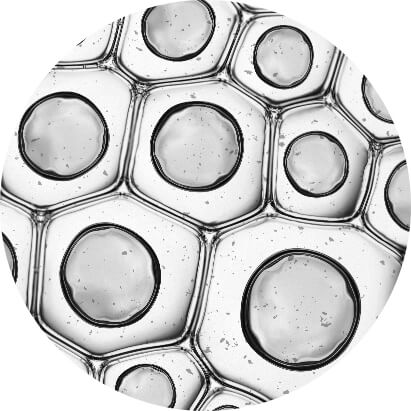
The foam in this version is characterised by a slightly porous structure, which can be compared to a sponge. This is an effect of its structure – it consists of cells open to diffusion. Such breathability is vital. In the case of insulation, it ensures such air circulation that no fungus or mould forms. It is a modern, cost-effective material, and the future of insulation in Poland belongs to it.
Open-cell foamwith active silver
| Main characteristics | Performance characteristics | Harmonised technical specifications |
|---|---|---|
| Reaction to fire | E | PN-EN 14315-1:2013 |
| Short-term water absorbability when partially submerged | ≤ 11kg/m³ | PN-EN 14315-1:2013 |
| Thermal conductivity, taking ageing into account | λm= 0,038 W/m K | PN-EN 14315-1:2013 |
| Water vapour permeability | μ ≤ 5 | PN-EN 14315-1:2013 |
| Durability of reaction to fire before ageing/degradation | The reaction to fire does not change | PN-EN 14315-1:2013 |
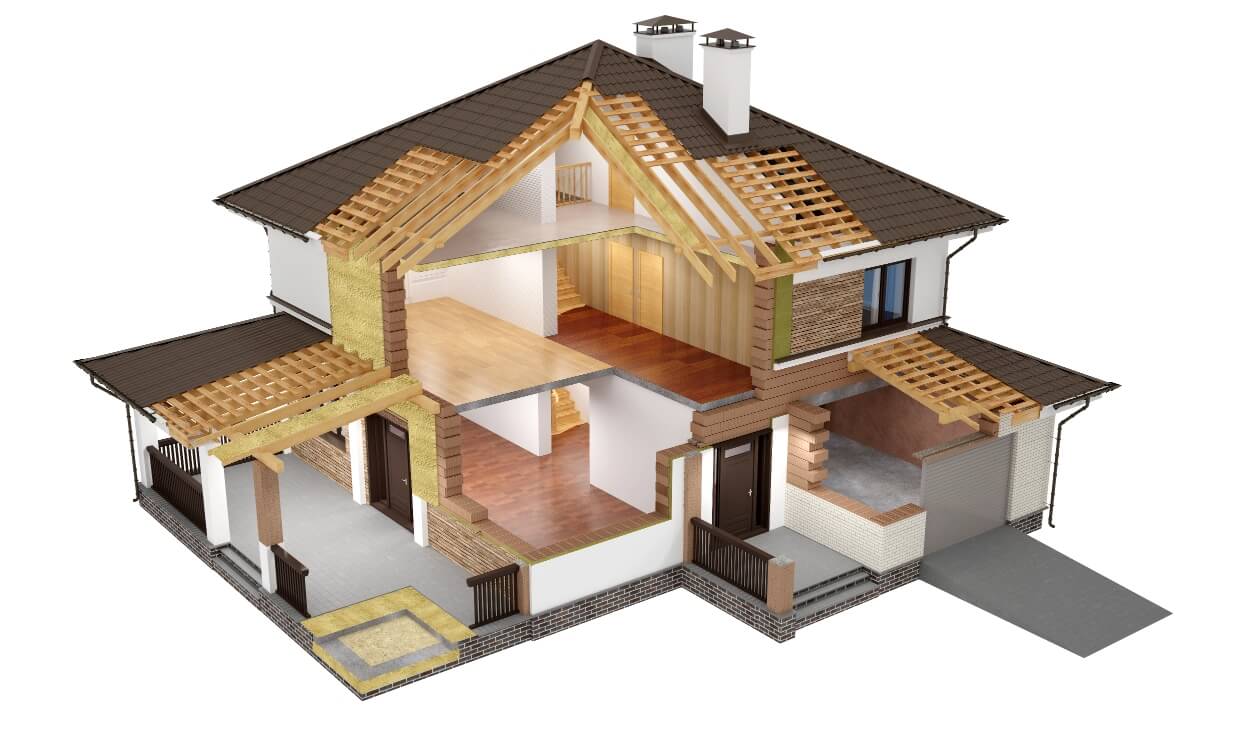




Are you interested in Silverfoam Ag40 foam?Talk to an advisor and learn more about its benefits.
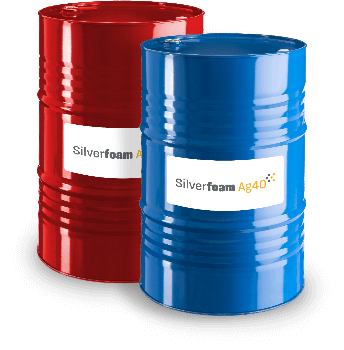

Open-cell foam– your best choice
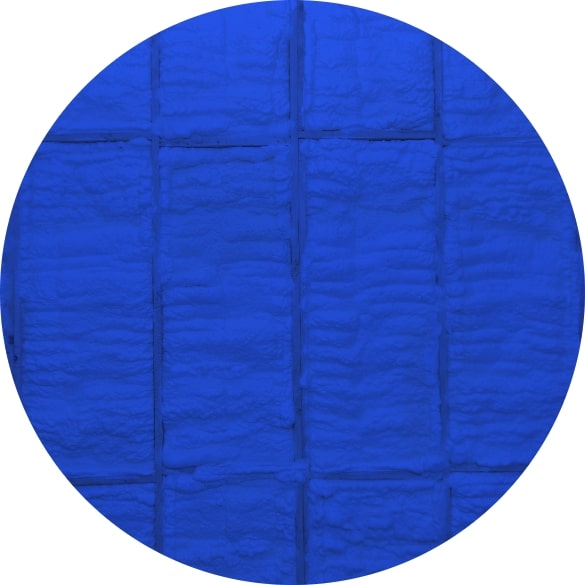
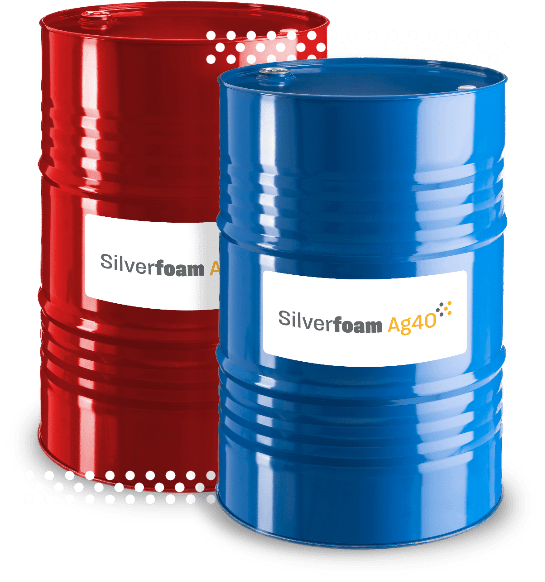

Advantages ofopen-cell foam
The material has a low weight, which makes it particularly well suited for insulating attics and other structures with lower load resistance. However, our customers also like to use open-cell foam when insulating other building components.
Other features of open-cell foam are also worth noting, which include fast and efficient application. Due to its form and consistency, the foam reaches all sorts of nooks and crannies, tightly filling places inaccessible to wool or Styrofoam.
We cordially invite you to look at what we offer and compare open-cell foam with closed-cell foam.

Do you work in the construction industry and want to try our polyurethane foam with active silver?



